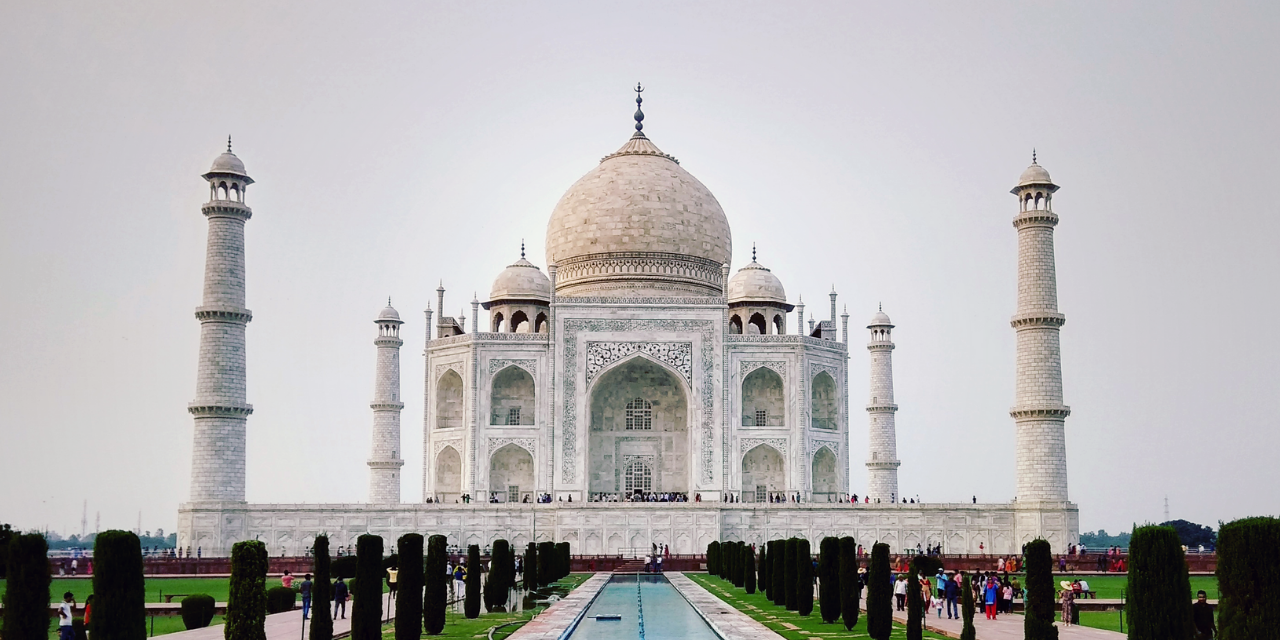The Mughals, who ruled 25 percent of worlds’ population at a time came to India anywhere from around 1526 and 1707. Babur after the battle of Panipat came to Agra on 10th May 1526. Agra was also previously referred to as “Agrevana” in the Mahabharata and it was originally formed by Sultan Sikandar Lodi, the ruler of the Delhi Sultanate in the year 1504. Just after the Sultan's death, the city passed on to his son, Sultan Ibrahim Lodi. He ruled his Sultanate from Agra until he lost fighting to Mughal Badshah Babur in the first battle of Panipat fought in 1526.
Agra didn’t see much development until his grandson, Akbar came to the throne. Akbar made Agra a center for learning, arts, commerce, and religion. Akbar built a new city on the outskirts of Akbarabad called Fatehpur Sikri. Agra saw many more monuments later which were the Red Fort and the beautiful Taj Mahal. During the late period, Agra came under the rule of the British in 1803. After numerous rebels India after the independence took Agra under its control. Agra also has historic links with Shauripur of Jainism and Runukta of Hinduism which dates back to 1000 BC. The Taj Mahal, Agra Fort, and Fatehpur Sikri are all listed as UNESCO World Heritage Sites.
MAIN ATTRACTIONS
Agra has a lot of places to visit but the places that you must pay a visit are -
- Fatehpur Sikri
- Taj Mahal
- Red Fort of Agra
- Tomb of Akbar
- Itmad-ud-Daula
SOME SUGGESTIONS
Agra is a place where you can witness the ancient history of India as well as the Mughals. If you’re planning to visit here for a few days then here are a few places that you must visit in order to get the most out of your trip.
- Taj Mahal is the first thing you must visit as it not only describes the love of Emperor Shah Jahan for his wife but also remarks the architecture of the Mughal time period. The white marble monument situated on the banks of Yamuna river is definitely a must watch.
- The second thing you should visit is the Red Fort of Agra which served as the main residence of the emperors of the Mughal Dynasty. Some say you need at least two days in order to view the complete structure. The fort is spread around 94 acres and its chord lies parallel to the Yamuna River and its walls are over seventy feet high. Definitely worth a visit.
- Then the next thing is Akbar Tomb in Sikandara. This is the ground where the mighty ruler Akbar was laid to rest after his demise. It was built around 1604 to 1613 and the construction was completed by Akbar’s son, Jahangir.


